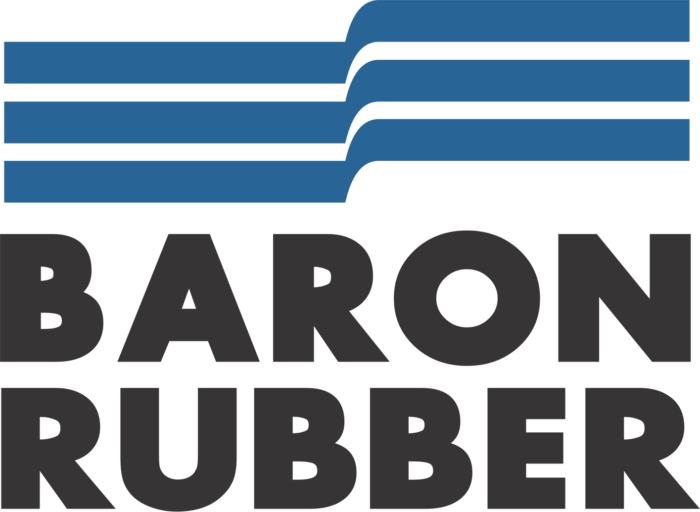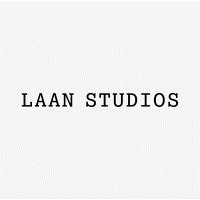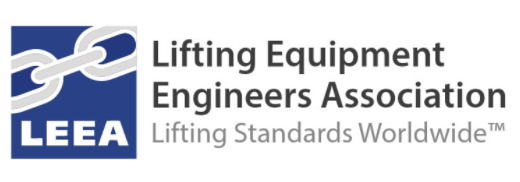By Lachlan Paix (UniActive Fitness Instructor)
Has your training hit a plateau? Or perhaps you’ve been spending all your time doing the same old gym routine? Whether your goal is to gain muscle, build strength, maintain a healthy body weight or lose weight, it might be time to consider the equipment you are using and how you can use it to achieve greater results.
Machines
The most obvious benefit of using machines is that they provide a more stable environment than free-weight equipment like barbells, dumbbells, kettlebells and medicine balls. For newcomers to the gym this is a big tick for both success and safety.
Machines are designed to create mechanical overload in a specific muscle. For example, the leg extension machine will isolate the quads and eliminate the assisting muscles required to perform an equivalent exercise like a squat (which recruits quads, glutes, core and back).
A unique programming strategy is to do a compound, multi-joint exercise like a barbell squat for functional strength followed immediately by a muscle-isolation exercise like a machine leg extension to fatigue the muscle and gain more definition.
A long-time bodybuilding secret for achieving rapid muscle growth is the use of drop sets, which involves doing an exercise to the point of momentary fatigue, immediately lowering (dropping) the weight, and then continuing to the next point of exhaustion. Machines provide the safest and most time-efficient means of being able to perform drop sets to the point of complete fatigue, which ensures that all fibres in a particular muscle have been cooked.
Free-weights
Both Dumbbells and Barbells are free-weights. Compared to gym machines, they force your muscles to work harder, require greater stability and balance, and allow for movement in multiple planes.
When it comes to mass gains, barbells are your best bet. With a barbell, you can lift heavier weights and incorporate progressive overload into your training more easily. This helps maximize mechanical tension and prevents strength plateaus while stimulating hypertrophy.
Barbell exercises, however, engage fewer stabilizer muscles compared to their dumbbell counterparts.
Dumbbells force limbs to work unilaterally. If one side is significantly weaker than the other, there is no running and no hiding. Over-compensation is impossible with dumbbells, making them an effective agent on the war on imbalances.
Dumbbells also add a new dimension of overload to your go-to mass movements by extending the range of motion beyond where a barbell will allow. So if you’re struggling to add weight to your barbell bench press, grab a lighter set of dumbbells and work on developing strength in the bottom range when the muscle is on stretch.
In the barbells vs. dumbbells debate, the latter gets extra points for safety. Dumbbell training is easier on the joints and allows for more natural movements. This makes it ideal for beginners as well as for those trying new exercises.
As you progress in your fitness journey, your body adapts to exercise. That’s why it’s important to keep your muscles guessing by constantly changing workout variables, such as the number of reps and sets, loading devices, weight, and intensity.
Ideally, start your training session with barbell exercises and finish with isolation movements using dumbbells or machines. Alternate between the two and see how your body reacts.

































































































